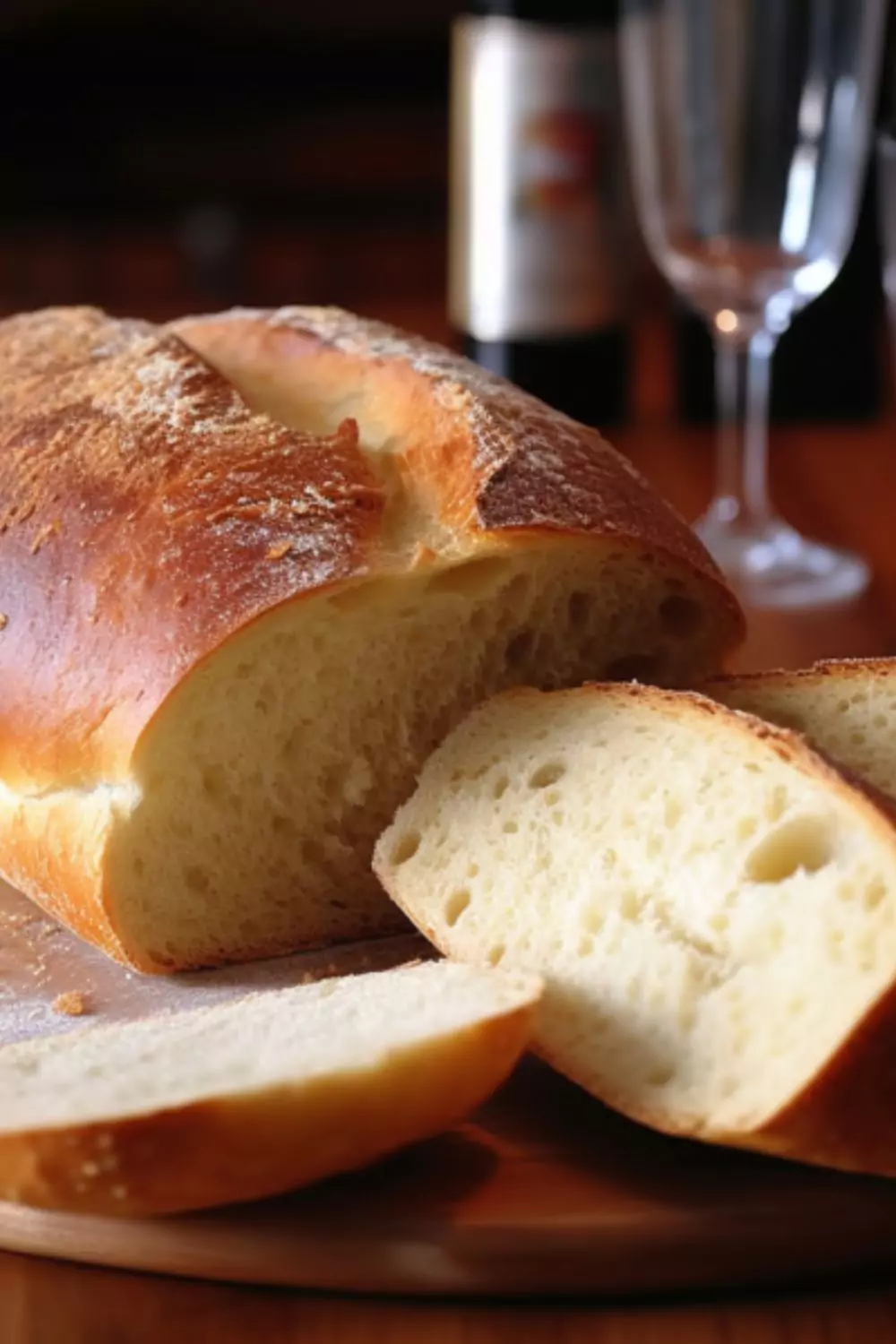
Servings: 12 loaves
Calories: 948kcal
Equipment
- cloth
- cookie sheets
- oven
Ingredients
- 6 Cups Water – Water serves as the hydration agent binding the ingredients together and activating the yeast. Its presence ensures proper dough development, helping the flour absorb moisture and form gluten. The right amount of water is crucial for achieving the ideal dough consistency—neither too dry nor too sticky.
- 4 Packages Active Dry Yeast – These tiny granules are the key to the dough’s rise acting as the magical catalyst that transforms the mixture into light, airy bread. Once activated, the yeast ferments, producing carbon dioxide gas that forms bubbles in the dough, making it rise and giving the bread its soft, fluffy texture.
- 20 Cups Flour – Flour forms the base of the dough providing structure and stability. Its proteins, when mixed with water and kneaded, create gluten, which gives the bread its structure and chewiness. The right balance of flour is essential for achieving the desired texture—soft and light yet sturdy enough to hold its shape.
- 6 Tablespoons Oil – Oil adds moisture to the dough while imparting a velvety texture. It contributes to the dough’s tenderness and keeps it moist preventing it from becoming dry and crumbly. The oil also enhances the bread’s overall flavor, creating a pleasant, slightly buttery taste.
- 6 Beaten Eggs – Beaten eggs enrich the dough with their golden yolks and protein content. They add moisture flavor, and a subtle richness, creating a tender crumb and a soft, golden crust. Eggs also contribute to the dough’s structure, providing stability and helping it rise during baking.
- 2 Cups Sugar – Sugar sweetens the dough adding a subtle sweetness that enhances the overall flavor profile. It also acts as food for the yeast, fueling its fermentation process. The sugar caramelizes during baking, contributing to the bread’s golden color and creating a delicate, sweet crust.
- 2 Teaspoons Salt – Salt is a flavor enhancer and a crucial component for controlling yeast activity. It adds depth to the bread’s taste balancing the sweetness of other ingredients. Additionally, salt regulates the fermentation process by controlling the yeast’s growth, ensuring a controlled rise and preventing the dough from over-fermenting.
Instructions
- Dissolve the yeast in warm water in a large bowl and let it sit until foamy (about 5 minutes).
- Add beaten eggs, oil, salt, sugar to the yeast mixture and mix well.
- Slowly incorporate the flour, one cup at a time, to form a soft dough.
- Knead the dough on a floured surface for about 6-8 minutes until smooth and elastic.
- Place the dough in a large greased bowl, cover with a damp cloth, and let it rise in a warm place for 2-3 hours.
- Punch down the dough and divide it into 12 equal parts.
- Shape each part into a loaf and place them on greased cookie sheets.
- Cover the loaves with a damp cloth and let them rise again for about 30 minutes.
- Preheat your oven to 375°F (190°C).
- Bake the loaves for 20-25 minutes until golden brown.
- Let them cool on a wire rack before slicing and serving.
Notes
– Make sure the water you use to activate the yeast is not too hot. If it is too hot, it will kill the yeast.
– Be sure to knead the dough long enough to ensure that it is smooth and elastic.
– When shaping the dough into a round loaf, be sure to press it down firmly.
– To check if the bread is done, insert a toothpick into the center. If it comes out clean, the bread is done.
– Let the bread cool completely before slicing.
Nutrition
Calories: 948kcal
Tried this recipe?Let us know how it was!